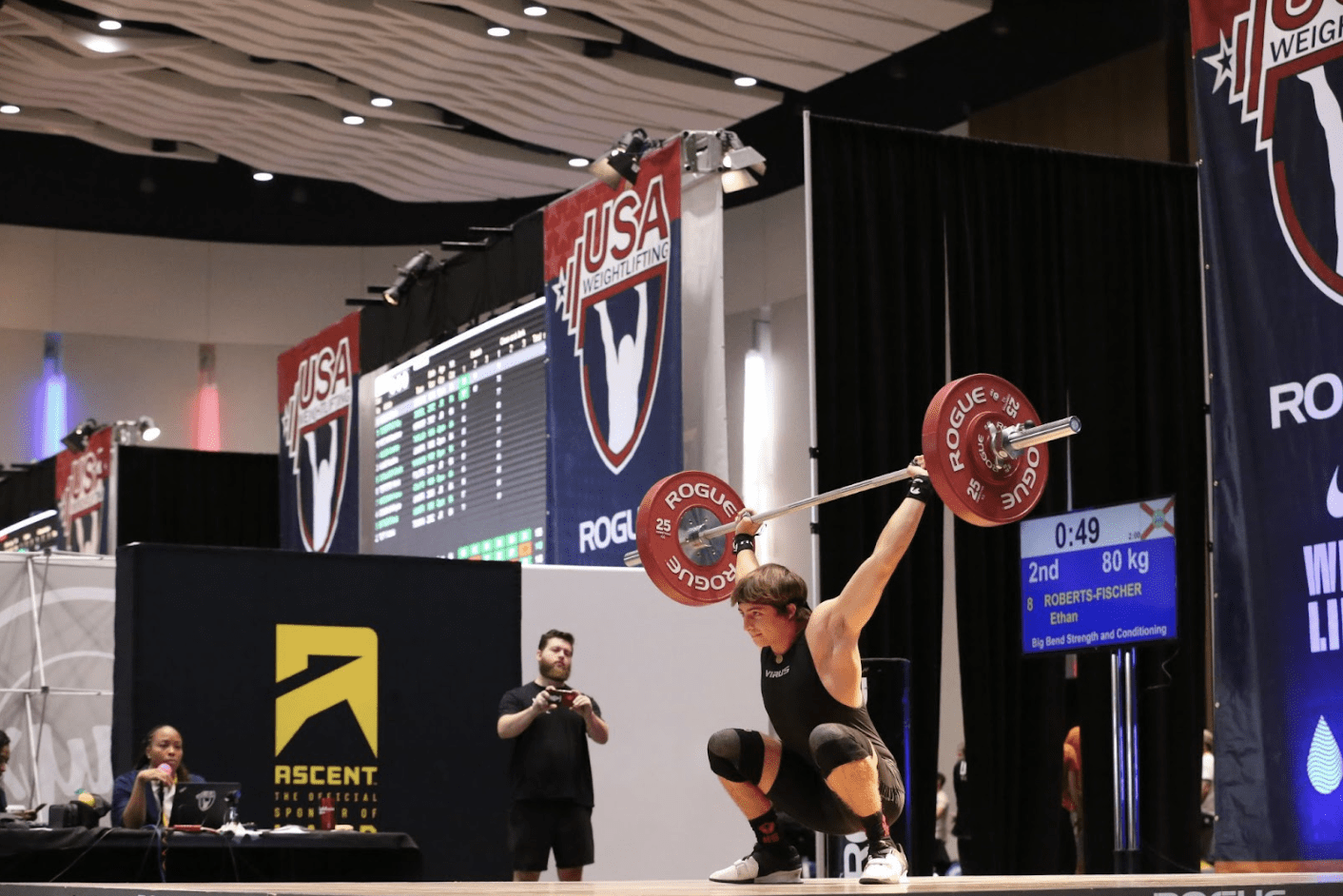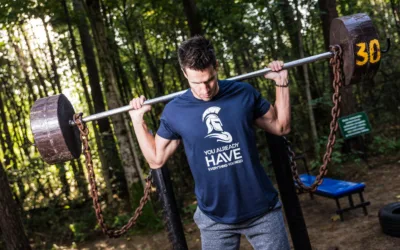Technique Variation Complexes for the Olympic Lifts

Improving a flaw in your technique for the snatch or C&J takes time and a ton of repetition. What’s a good method for solidifying those tiny technical gains? Making them stick is a key factor for nailing your form in competition.
Brian Chambers is the owner and head coach of Big Bend Strength, an online resource for olympic weightlifting and strength training. Big Bend Strength has produced athletes at the state, national, and international level in weightlifting since 2017. In this piece, he explains what a variation complex is, why they work, and gives a few examples for you to try.


Change the Way You Train
Simplifying the Olympic Lifts
One of the mistakes I made early on as an athlete and as a coach involved my approach to using variations on the snatch and C&J as a tool to improve technique. I would find a variation for an athlete or myself that would magically fix the technique issue we’d been working on, then get excited and program it every chance I could.
This ultimately led to the athlete doing a month of some variation of the lift, but when it came time to see if this new skill carried over to the competition lift, it rarely did.
Recently, I’ve begun programming “variation complexes” with the same goal of seeing the technique improvements carry over to the competition lifts. This time, however, I am seeing carryover not just at the end of the cycle, but in the same set!
What is a Variation Complex?
A variation complex is the pairing of one variation of a competition lift (full snatch or C&J), followed by the competition lift itself.
Ex. hang snatch + snatch
We program these to get the athlete to “feel” a particular technique on the variation, especially if they have sticking points in that portion of the lift. They then carry that same technique fix over to the full competition lift, ultimately improving their technique in the competition lift.
Sample Sets
Pause Jerk + Jerk
This is great for athletes who tend to fall forward in the dip or drive. It reinforces a vertical dip by allowing the athlete to stop mid-dip and assess their balance. They can make any corrections needed and may have a better understanding of where to be for their second jerk without the pause.
Tempo Clean + Clean
Many athletes need to practice better pull technique. By allowing them to move slowly from the ground to the power position, the athlete learns the feel of a proper pull before they initiate the most explosive portion of the lift. Then they can use the positions they practiced in the tempo clean with a full-speed clean.
Dip Snatch + Snatch
This is great for athletes who do not make proper hip contact in the snatch. This complex allows the athlete to feel where the bar makes contact and how to use that contact to drive the bar up. They can then carry this feeling over to the competition snatch, making it instantly more effective.
How to Program Olympic Weightlifting Complexes
There are a couple of ways you can implement this style of technique work depending on which variations you use. Try to categorize the variations by how close you can get to the competition lift max weight.
Heavier variations like a snatch pull + snatch, jerk dip + jerk, or clean pull + clean can be used as the primary training focus for a block.
Moderate variations like the pause jerk + jerk, tempo clean + clean, or dip snatch + snatch could be used on lighter or moderate technique-focused days.
Lighter variations like tall clean + clean, muscle snatch + snatch, or tall jerk + jerk can be used as a technique primer or warm-up before your normal lifts for the day.
Give these a try and tag me in your videos @bigbendstrength on TikTok and Instagram!
Find Your Perfect Training Plan
Sometimes all you need to reach your destination on your fitness journey is an expert guide. We've got you covered. Browse from thousands of programs for any goal and every type of athlete.
Try any programming subscription free for 7 days!
Want Training Tips, Exercise Guides & Knowledge Bombs Sent to Your Inbox?
Sign up for the FitNerd newsletter from TrainHeroic
Related articles
Slow Reps vs. Fast Reps
You’ve probably noticed that some people in the gym tend to perform their reps as fast as possible, whereas others take a slow and controlled approach. But which is better? Dr. Andy Galpin is a Professor of Kinesiology at the Center for Sport Performance at California...
How to Do Leg Extensions Without a Machine
Short shorts are the new stinger tanks. Rocking those big tree trunks with canyon deep cuts is so hot. Leg extensions are a bodybuilding staple—they isolate your quads, the front-facing muscle group of your thighs, by flexing (bending) and extending (straightening)...
Tried-and-True Methods to Fix Plantar Fasciitis
What is Plantar Fasciitis? If you’re new to running or returning to it after a break, you might have been blighted by plantar fasciitis, a fancy name for an annoyingly common foot problem. It’s when the band of tissue that connects your heel to your toes (the plantar...


Join the community
Sign up for the latest training news and updates from TrainHeroic


About TrainHeroic
Made with love, sweat, protein isolate and hard work in Denver, CO
© 2023 TrainHeroic, Inc. All rights reserved.






